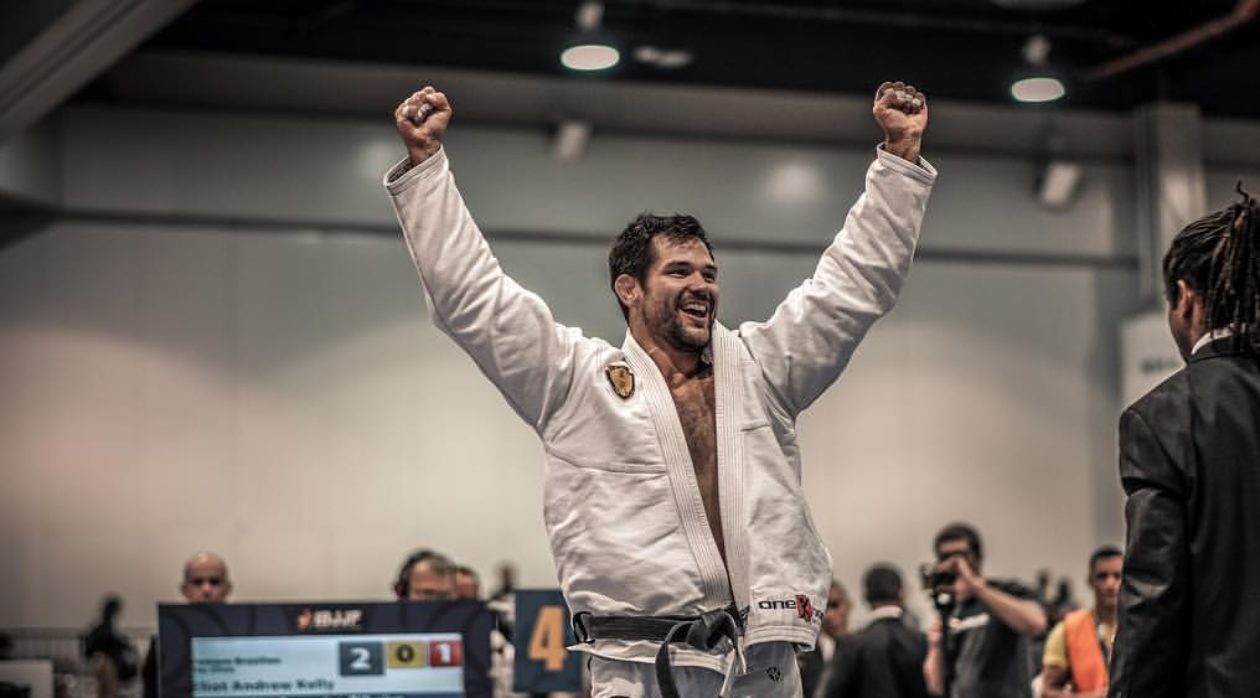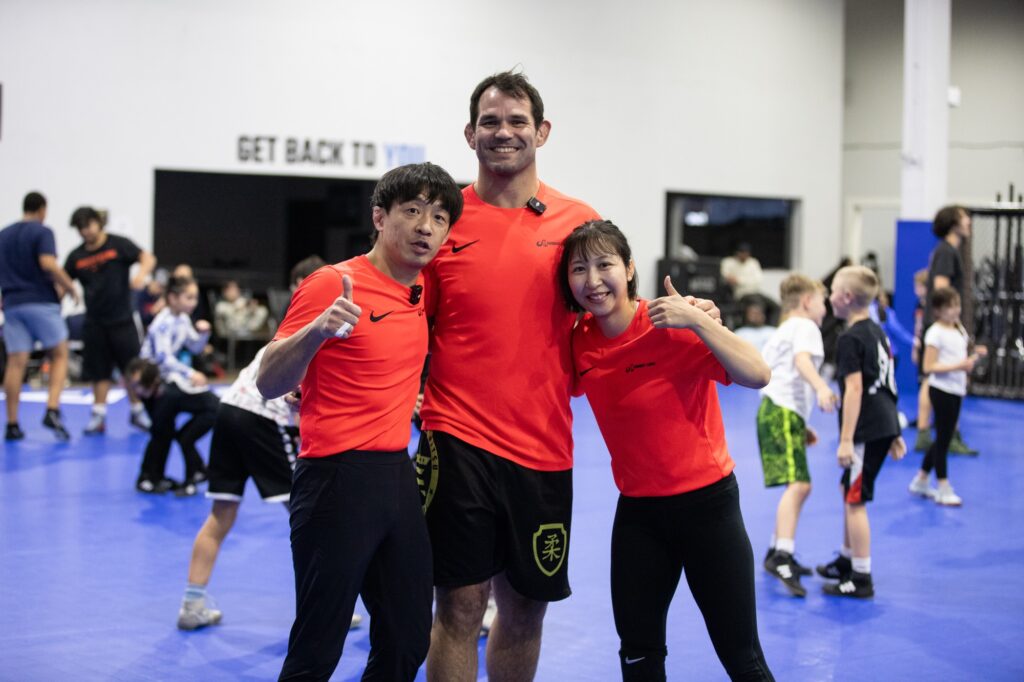Bruce Lee is one of the most influential martial artists of all time, not only for his skill but for his deep philosophical approach to combat. His insights into adaptability, efficiency, and personal expression have influenced countless martial arts disciplines, including Brazilian Jiu Jitsu. At El Dorado Hills Jiu Jitsu, we recognize the value of Lee’s teachings, especially his concept of “using no way as way” and “having no limitation as limitation.” These ideas align closely with the principles that make Jiu Jitsu such an effective and evolving art.
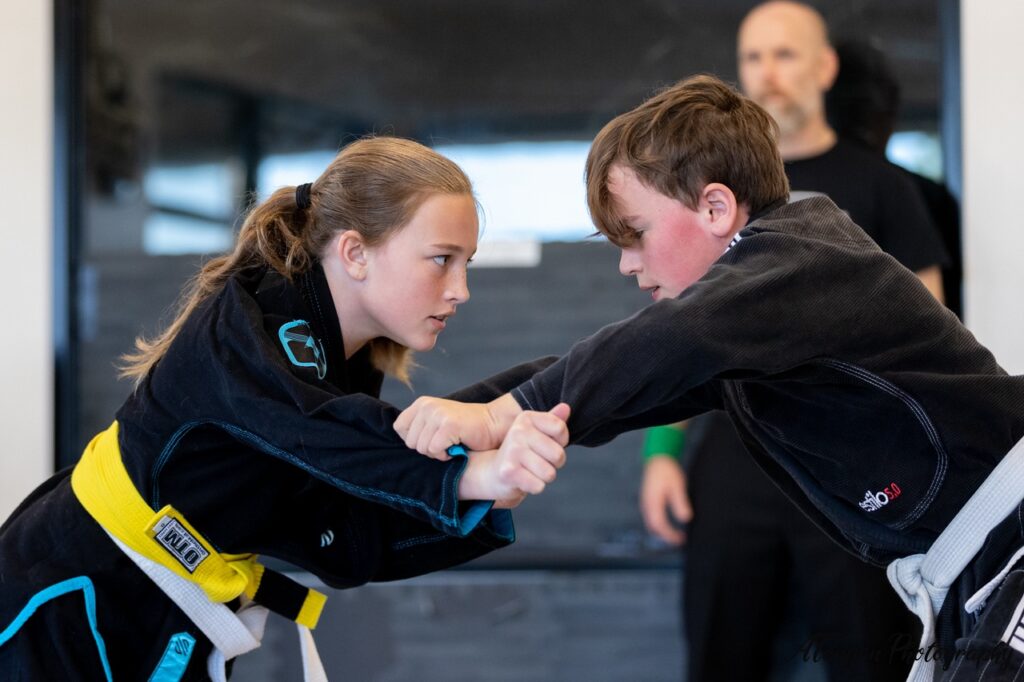
Adaptability: The Essence of Jiu Jitsu
Bruce Lee believed in fluidity over rigidity, often comparing martial arts to water:
“You must be shapeless, formless, like water. When you pour water in a cup, it becomes the cup. When you pour water in a bottle, it becomes the bottle.”
In Jiu Jitsu, this translates directly to how we approach rolling, passing guard, or escaping bad positions. A skilled grappler doesn’t force techniques that aren’t working—instead, they flow into the next movement, adjusting based on their opponent’s reactions.
This adaptability is what allows smaller practitioners to overcome stronger opponents, a core principle of BJJ. At El Dorado Hills Jiu Jitsu, we emphasize this concept in class, encouraging students to stay calm under pressure and find the right technique for the moment.
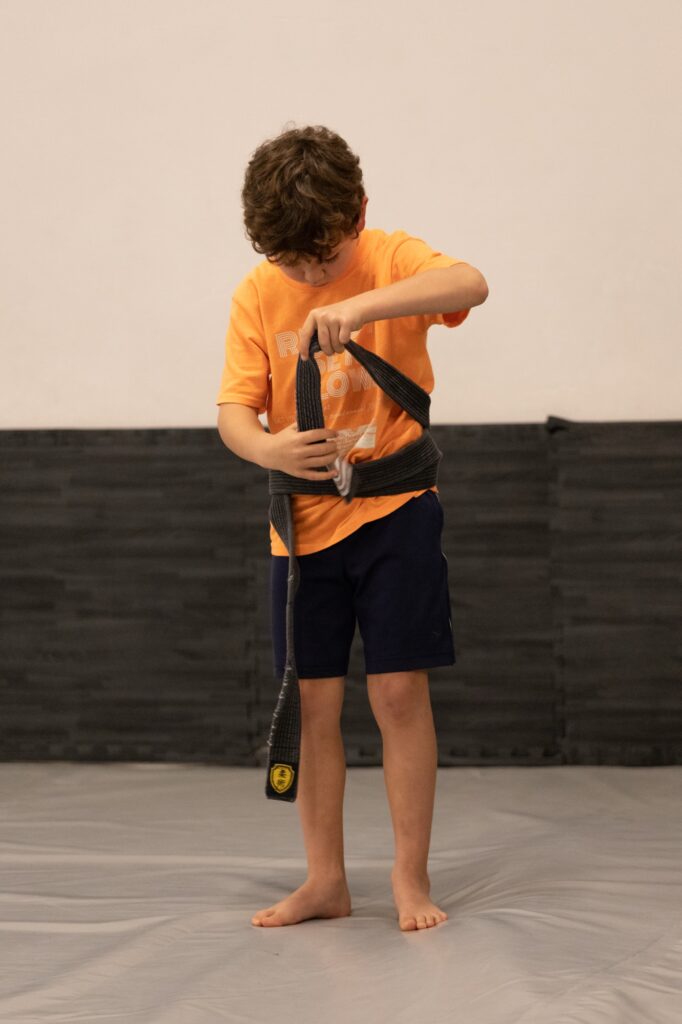
Efficiency Over Excess
Another key belief of Bruce Lee was eliminating wasted movement. He was known for refining his techniques down to their most effective form, discarding anything unnecessary. In Jiu Jitsu, this is why we focus on:
- Energy conservation – Using leverage rather than strength
- Technical precision – Small adjustments making big differences
- Minimal but effective movement – A well-timed grip or angle shift can replace brute force
This principle is especially important for beginners who may try to muscle through techniques. Over time, learning to relax and rely on proper technique over strength becomes a game-changer in Jiu Jitsu.
Personal Expression in Jiu Jitsu
Bruce Lee’s martial art, Jeet Kune Do, was based on the idea that there is no single “best” style—only what works for each individual. Similarly, Jiu Jitsu allows practitioners to develop their own game. Some people prefer an aggressive, top-heavy style, while others thrive in a more defensive, guard-based approach.
At El Dorado Hills Jiu Jitsu, we encourage students to explore different techniques, positions, and strategies, ultimately creating a Jiu Jitsu game that suits their body type, athleticism, and personality.
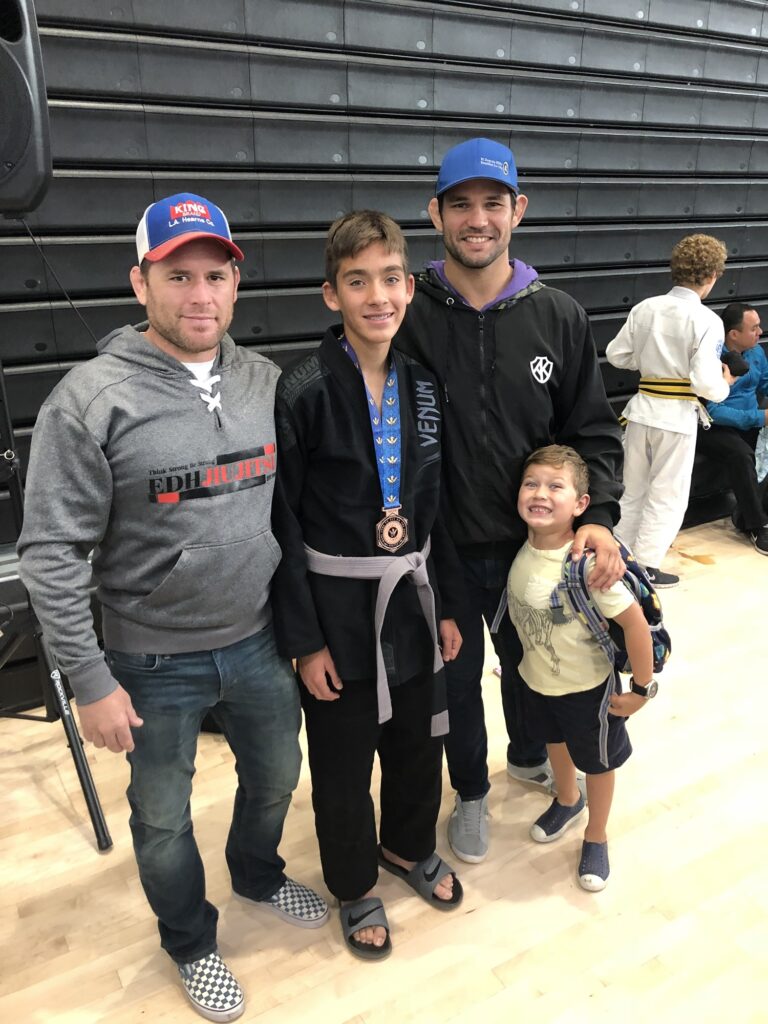
Applying Bruce Lee’s Mindset to Your Training
If you want to incorporate Bruce Lee’s philosophy into your Jiu Jitsu training, focus on:
- Being adaptable – Don’t get stuck in one approach; be willing to change.
- Maximizing efficiency – Use only the necessary movements to achieve your goal.
- Finding your own style – Jiu Jitsu is a personal journey—develop your strengths.
At El Dorado Hills Jiu Jitsu, we believe in training intelligently, evolving constantly, and embracing the challenges of the mat. Whether you’re a beginner or an experienced grappler, Bruce Lee’s teachings can help you refine your Jiu Jitsu game.
Ready to Train?
Come try a class and experience the art of adaptability firsthand. Whether you’re new to martial arts or a seasoned practitioner, our structured curriculum and supportive community will help you grow—both technically and mentally. Join us at El Dorado Hills Jiu Jitsu and start your journey today!
